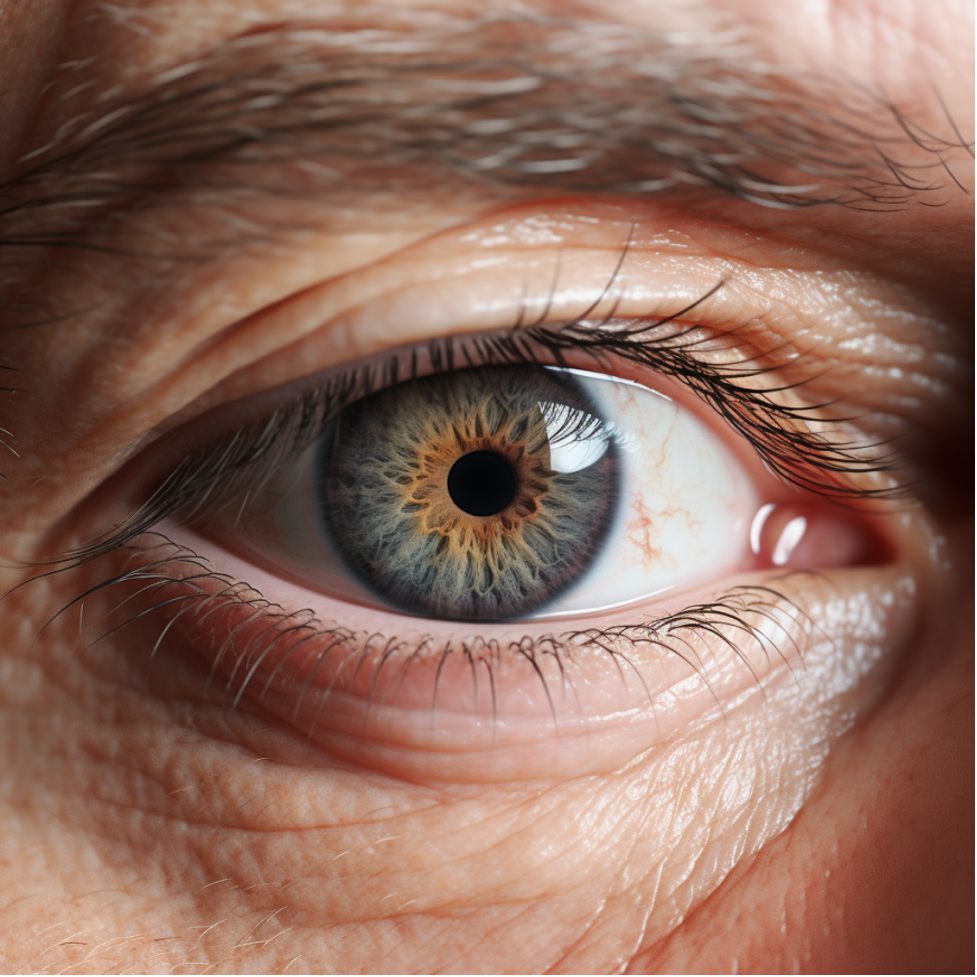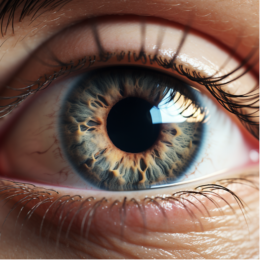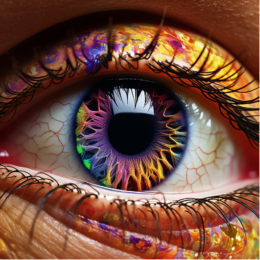What Is Age-Related Macular Degeneration? (The Eye-Opening Truth)

You know, age comes with wisdom, laugh lines, and occasionally a crick in your back when you’ve slept funny. But let’s not forget, it can also come with a little “blur” to our view of life. And no, I don’t mean the emotional, philosophical blur—although that happens, too—I mean an actual, sometimes unsettling, visual blur known as age-related macular degeneration.
Meet Susan. She’s a vibrant 68-year-old who loves painting watercolor landscapes. Recently, she noticed something odd while finishing a mountain scene—her vision was not as crisp as it used to be. It felt like a veil had been drawn over her painting. Susan is far from alone.
What Is Age-Related Macular Degeneration?
Age-related macular degeneration (AMD) is a condition that affects the macula, the part of your eye responsible for central vision. Picture your eyeball as a camera; the macula would be the main lens, the part that focuses on detail. When the macula is affected, your central vision begins to deteriorate, making everyday tasks like reading or recognizing faces challenging.
How Common Is Age-Related Macular Degeneration?
Hold onto your reading glasses because the statistics on age-related macular degeneration (AMD) are nothing short of eye-opening. This condition isn’t some rare, far-off possibility; it’s a very present reality for millions. Think of it like this: if AMD were a rock concert, we’d be talking about sold-out stadiums, not tiny basement gigs.
Thanks to medical advances, we’re living longer than ever, but this extended lifespan also brings an increased chance of encountering issues like AMD.
Statistics:
- According to a 2020 study by the American Academy of Ophthalmology, approximately 11 million people in the United States have some form of AMD.
- The same study reveals that AMD is more common in Caucasians than in other ethnic groups.
- The incidence of AMD tends to skyrocket after the age of 60.
So, much like Susan, who didn’t let AMD stop her from creating her watercolor wonders, we should all be a bit more mindful of this prevalent issue. Regular eye check-ups could be your backstage pass to catching this condition before it takes center stage in your life.

What Is the Main Cause of Age-Related Macular Degeneration?
While the spotlight often falls on age as the major culprit, it’s just one factor in a band of villains. Genetics, smoking, obesity, and even sun exposure can increase your chances of developing this condition. Susan, for example, has a family history of AMD and was an avid sunbather during her younger years—two things that made her more susceptible.
Quick Poll
What Are the Different Types of Macular Degeneration?
There are two main types of ADM:
- Dry AMD: This is the ‘gateway’ type, affecting about 80% of people with AMD. In this case, the macula gets thinner, and drusen, or yellow deposits, start to build up.
- Wet AMD: This is the advanced stage, where new, unwanted blood vessels start to grow under the macula. This can cause scarring and quick, severe vision loss.
Susan discovered she had dry AMD and is currently in conversations with her healthcare provider about management options.
What Are the Three Stages of Macular Degeneration?
If you think of age-related macular degeneration as progressing in levels, similar to video game stages, each level increases in complexity and demands a different set of strategies for coping. Understanding these stages can help you make well-informed decisions, much like Susan did when she discovered she was in the intermediate stage of the condition.
- Early AMD: At this initial stage, you’ll find medium-sized drusen appearing. These are yellow deposits beneath the retina. At this point, there’s usually no impact on vision, but it serves as a cautionary signal that shouldn’t be ignored.
- Intermediate AMD: Now, the drusen increases in size, and there may be noticeable pigmentary changes in the retina. Interestingly, you might still not experience any significant vision loss at this stage, but you’re edging closer to the critical phase of the condition. This is the stage where Susan found herself and subsequently took preventative measures.
- Late AMD: This stage is characterized by a distinct loss of vision resulting from extensive damage to the macula. At this point, reading, driving, and even recognizing faces becomes increasingly challenging. It’s crucial to consult healthcare providers for targeted treatments and interventions.
How Do You Deal With Age-Related Macular Degeneration?
The management of AMD often involves regular eye check-ups, lifestyle changes, and, in more severe cases, injections or laser treatment. You might also be advised to take a specific type of multivitamin geared toward eye health.
Susan, bless her creative soul, has switched to special anti-glare lamps for her painting sessions and wears UV-protection sunglasses when outdoors.
Conclusion
For Susan, age-related macular degeneration has been an eye-opener in more ways than one. It’s not just a hindrance; it’s a call to adapt, modify, and continue enjoying life’s canvas—even if it looks a bit blurrier than before.
Your eyes are your windows to the world, so let’s take good care of them. Consult your healthcare provider if you notice any changes in your vision, and most importantly, remember that early detection is key.
PLEASE SHARE YOUR EXPERIENCE AND THE COMMENTS BELOW, SO WE CAN HELP EACH OTHER WITH THE KNOWLEDGE YOU HAVE GAINED.
References
- Age-Related Macular Degeneration (AMD) – Statistics. American Academy of Ophthalmology. 2020.
- AMD Awareness. National Eye Institute. 2021.
- Management and Treatment Options for AMD. British Journal of Ophthalmology. 2019.


